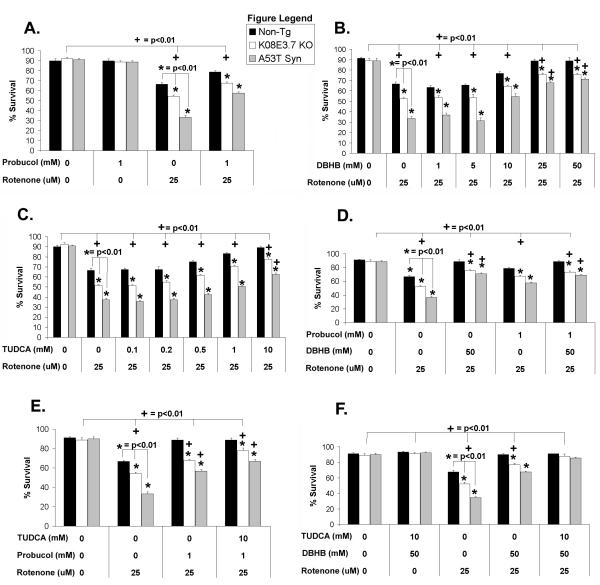Figure 6. Protection against rotenone-induced toxicity.
(A) Co-treatment of the K08E3.7 KO and A53T α-synuclein expressing strains with rotenone and probucol yielded partial protection of the non-tg, K08E3.7 KO and A53T α-synuclein strains compared to untreated of the same strain; (+) p<0.01. (B & C) Co-treatment of the non-tg, K08E3.7 KO and A53T α-synuclein expressing strains with rotenone and DβHB (panel B) or TUDCA (panel C) fully protected the non-tg strain, but partially protected the K08E3.7 KO and A53T α-synuclein expressing strains compared to untreated nematodes of the same strain (+) p<0.01. Treatment with probucol, DβHB or TUDCA was unable to completely overcome the enhanced rotenone-induced toxicity of the transgenic strains as compared to the non-tg strain in any treatment group; (*) p<0.01. (D) Both probucol and DβHB provided partial protection against rotenone for K08E3.7 KO and A53T α-synuclein expressing strains, but did not show any additive benefit when combined together; (+) p<0.01 comparing the treatments, and (*) p<0.01 comparing the strains. (E) Probucol also did not show any additive benefit against rotenone toxicity when combined with TUDCA; (+) p<0.01 comparing the treatments, and (*) p<0.01 comparing the strains. (F) Combining DβHB and TUDCA fully protected against rotenone-induced toxicity in all the strains compared to untreated of the same strain; (+) p<0.01.

